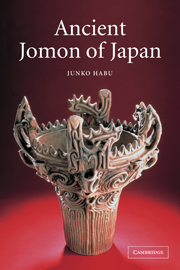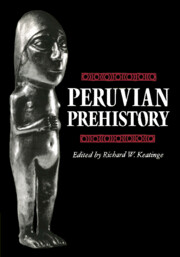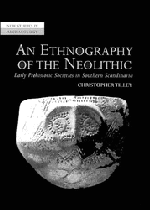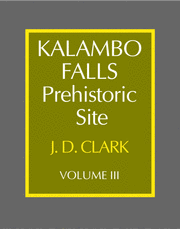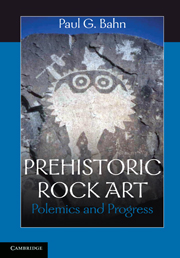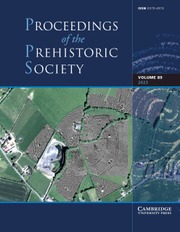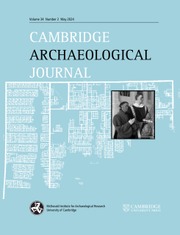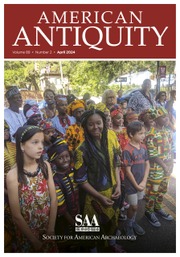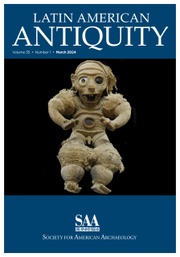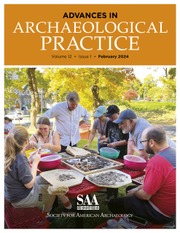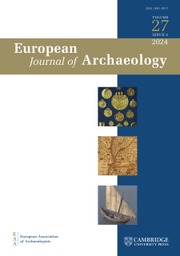Ancient Jomon of Japan
Part of Case Studies in Early Societies
- Author: Junko Habu, University of California, Berkeley
- Date Published: July 2004
- availability: Available
- format: Paperback
- isbn: 9780521776707
Paperback
Other available formats:
Hardback
Looking for an inspection copy?
This title is not currently available on inspection
-
In this 2004 book, Junko Habu illustrates recent developments in the archaeology of the Jomon period (circa 14,500–300 BC) of Japan and presents new analyses. Unlike most prehistoric pottery using peoples, the Jomon people are thought to have been hunter-gatherers. Evidence of plant cultivation does exist, but none of the cultigens recovered from Jomon sites seems to have been used as a staple food resource. High site density, food storage, and long distance trade also characterize this Jomon period. Using ecological models of hunter-gatherer culture and behavior, Habu examines various aspects of Jamon culture including subsistence, settlement, rituals, crafts and trade, and presents a model of long-term change in hunter-gatherer cultural complexity. In this comprehensive analysis, Junko Habu helps to bridge the gap between largely Japanese discourse on this 10,000 year period of Japanese prehistory and the modern scientific debate on later hunter-gatherer societies. It will prove invaluable to students and researchers alike.
Read more- Synthesises a vast amount of site data in an accessible format
- The first substantial English language overview of the Jomon (most work has been done in Japanese)
- Covers a 10,000 year sweep of Japanese prehistory
Reviews & endorsements
'… this book is comprehensive, informative and academically exciting.' Antiquity
See more reviews'Junko Habu has provided a detailed, comprehensive, and stimulating account of Jomon variety and development … Habu's historical overviews of research trends, syntheses of current results, good grounding in theory, acute observations, and gently stated criticisms have yielded a state-of- the-art book that will serve as the authoritative introduction to the Jomon for a long time to come.' Monumenta Nipponica
'the distinctive aspects covered in this book include the chapters in which Habu presents her original reconstruction of Jomon society based on Anglo-American theories, particularly in relation to the hunter-gatherer models create by Lewis Binford. these chapters make this book a rarity in Japanese archaeology, with the exception of an earlier monograph written by Habu (2001) herslef, and Habu's arguments are important in delineating new hypotheses in Jomon research.' Anthropoligical Science
'The book is comprehensive and covers all aspects of Jomon … Habu's survey not only informs the western reader thoroughly but also offers interesting analogies for comparisons between complex hunter-gatherer societies world-wide.' Journal of Comparative Human Biology
Customer reviews
Not yet reviewed
Be the first to review
Review was not posted due to profanity
×Product details
- Date Published: July 2004
- format: Paperback
- isbn: 9780521776707
- length: 352 pages
- dimensions: 232 x 165 x 22 mm
- weight: 0.56kg
- contains: 79 b/w illus. 30 maps 15 tables
- availability: Available
Table of Contents
Part I. Overview:
1. Introduction
2. Background to the study: overview of the Jomon Period
Part II. Subsistence and Settlement:
3. Subsistence strategies
4. Settlement archaeology
Part III. Rituals, Crafts and Trade:
5. Mortuary and ceremonial practices
6. Crafts and exchange networks
Part IV. Discussion and Conclusion:
7. Discussion and conclusion.
Sorry, this resource is locked
Please register or sign in to request access. If you are having problems accessing these resources please email [email protected]
Register Sign in» Proceed
You are now leaving the Cambridge University Press website. Your eBook purchase and download will be completed by our partner www.ebooks.com. Please see the permission section of the www.ebooks.com catalogue page for details of the print & copy limits on our eBooks.
Continue ×Are you sure you want to delete your account?
This cannot be undone.
Thank you for your feedback which will help us improve our service.
If you requested a response, we will make sure to get back to you shortly.
×
